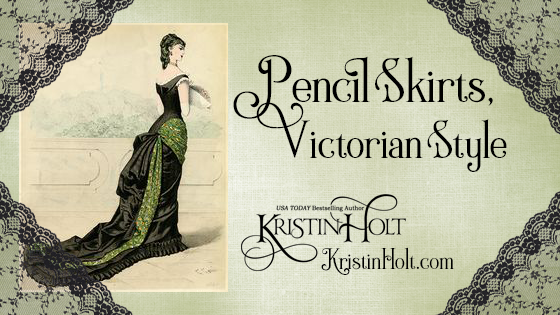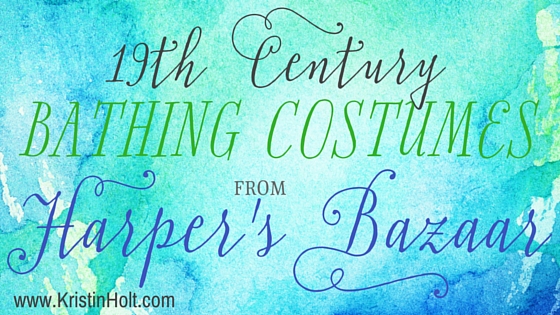
by Kristin Holt | May 18, 2017 | Articles
An unnamed Dress Reformer, utterly against “tight lacing” (corsets), uses the art of poetry to explain that everything that ills a woman–from her attitude to her nature, from length of life to a red-tipped nose–is all a result of the ill-fated habit of tightly cinched corsets. This vintage newspaper publication is an example of the American Victorian’s use of humor to blame fashion on craziness with a price too steep to pay.

by Kristin Holt | May 13, 2017 | Articles
Despite the voice of reason from scientists of the day, medical doctors, dress reformers, nineteenth century women continued to cling to advertisements claiming health depended upon corsets and laced tightly to achieve the beautiful figure they desired. Advertisements didn’t promote mere beauty–they went so far as to claim health. A newspaper article published in Chicago Daily Tribune of Chicago, Illinois, on April 24, 1897 spoke of Roentgen’s Light–X-rays–and the malformation caused by lacing. Today, the argument seems sound, prudent, and almost laughable that anyone fell for corsets.

by Kristin Holt | Feb 15, 2017 | Articles
As with virtually all activities and behaviors in the Victorian Era, American society developed a set of etiquette rules governing bicycling. One might suppose this list is about signalling (hand gestures) or riding in pairs for protection. You might be quite surprised to see the lengthy list of do’s and dont’s [sic] offered up in a vintage newspaper article from 1895, and in various magazines of the day.

by Kristin Holt | Aug 14, 2016 | Articles
OBSERVATIONS: WIDTH OF A WOMAN’S SKIRT
The humor in a newspaper columnist’s observations taught me plenty about a man’s attitude regarding the width of women’s skirts, comparing the tight fit of the day’s fashions to the wrapping of a mummy or a soaked bathing suit clinging to the unfortunate woman’s form. He infers that the pursuit of fashion is so all-important that the wearers sacrifice comfort, modesty, safety, decency, the capacity to go anywhere by both carriage or the power of one’s own two feet. The Victorian humor in this brief piece published in 1875 is evident!

by Kristin Holt | Aug 11, 2016 | Articles
Harper’s Bazar (also spelled ‘Bazaar’, later on) is a Ladies Magazine founded in the Victorian Era. This article highlights bathing costumes (swimming suits) featured in Harper’s Bazar from the 1870s through early 1890s.













